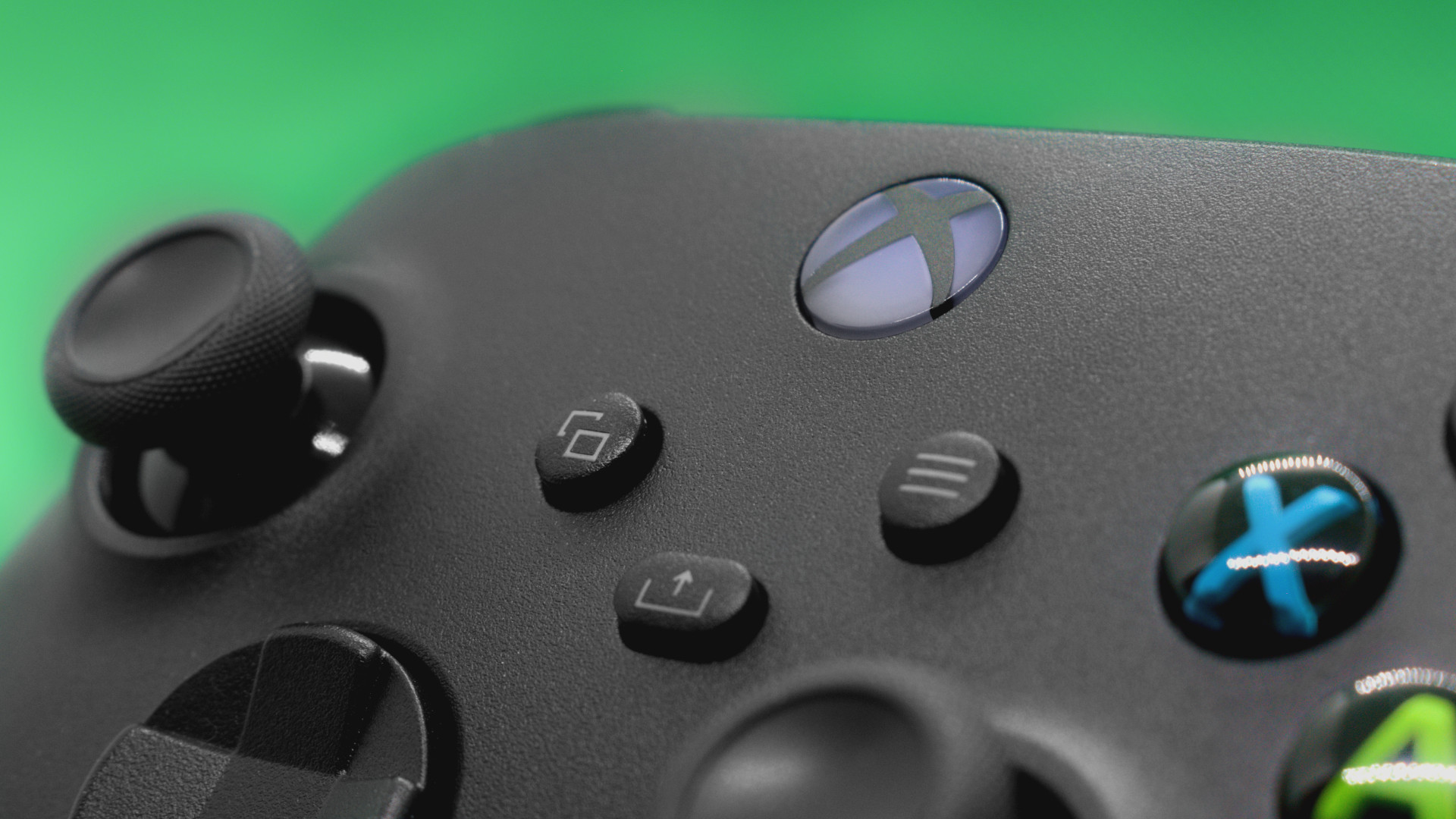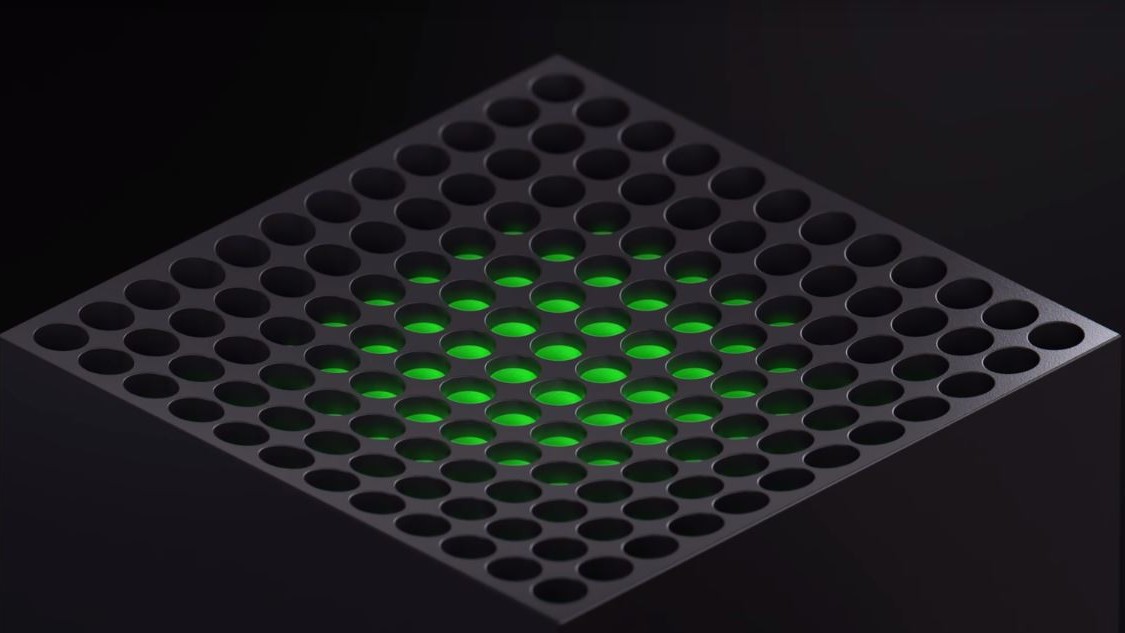The next-gen Xbox console may as well be a gaming PC, except for 1 key difference
Plus you can put your Steam library on it.

I wasn't going to buy the next-gen Xbox home console. The rumored Xbox VR/AR headset might get me, since I have a lot of nostalgia for the original Oculus Rift.
But the home console? Not a chance.
If the Nintendo Switch 2 is anything to go by, consoles are getting more and more expensive, so I wasn't planning to budget for a next-gen Xbox.
And then Microsoft and AMD had to announce a continuation of their hardware partnership for the next generation of Xbox consoles earlier this week.
Xbox President Sarah Bond said in the announcement, "I’m thrilled to share we’ve established a strategic multi-year partnership with AMD to co-engineer silicon across a portfolio of devices — including our next-generation Xbox consoles in your living room and in your hands."
But it's not the hardware that changed my mind. Instead, one of Microsoft's smaller tweaks to the next-gen Xbox just might mean I shell out for yet another Xbox console.
Here's what we know about the next-gen Xbox so far.
Sign up to receive The Snapshot, a free special dispatch from Laptop Mag, in your inbox.
The new Xbox is powered by AMD, again

Microsoft has used AMD hardware for the last couple of generations, so seeing that partnership continue isn't much of a surprise.
The original Xbox, released in 2001, was powered by a combination Intel Pentium III processor and an Nvidia NV2A graphics card. It also featured just 8GB of internal storage and 64 MB of RAM.
The Xbox 360 launched in 2005 and used a custom 64-bit IBM XCPU (later referred to as "Xenon") and a custom ATI Xenos graphics chip. It also featured 512MB of RAM and came in 20 GB or 60 GB storage variants, with later upgrades bringing the Xbox 360 to 120 GB of "internal" storage.
While this week's announcement confirms AMD hardware for the next-gen Xbox console, we didn't get many details.
The Xbox One launched in 2013 and was the first Microsoft console with an AMD processor. It featured a custom 8-core AMD APU based on the Jaguar architecture and built-in AMD Radeon graphics. The Xbox One featured 8GB of DDR3 RAM and came in 500 GB or 1 TB storage models.
The Xbox Series X and Series S first launched in 2020 and are powered by a custom AMD 8-core Zen 2 APU with built-in AMD Radeon RDNA 2 graphics. The Series S features 8 GB of GDDR6 RAM while the Series X is upgraded to 10 GB of memory. Both consoles came in multiple storage configurations from 512 GB to 2 TB.
While this week's announcement confirms AMD hardware for the next-gen Xbox console, we didn't get many details. However, we do know it will be another custom AMD APU.
Based on the expected 2027 launch of the next-gen Xbox, the custom AMD APU could be based on AMD's Zen 6 architecture and RDNA 5 graphics architecture. Depending on cost and optimization, the APU could feature a Zen 5 CPU and RDNA 4 GPU. But that's still just speculation.
It's not the hardware that changed my mind

I've got a gaming desktop. I spend my days reviewing laptops, including gaming rigs. And all of Microsoft's exclusives and first-party titles always launch on Xbox and on PC, so there's no real point.
And, okay, maybe the thing that's changing my mind about the new Xbox doesn't really break that pattern.
Since the Xbox One, Microsoft's consoles have basically just been well-optimized gaming PCs in a custom ITX case. In fact, you can indeed install the regular version of Windows 10 and Windows 11 on the XBox One and Series X|S consoles.
While the Xbox consoles have traditionally used a proprietary Xbox System Software OS, that software isn't too far from Windows 10 and Windows 11's S-Mode.
But, despite owning a high-end gaming PC, the idea that the next-gen Xbox console is "not locked to a single store," is a compelling selling point.
Despite my love for my gaming desktop, and my quality gaming chair, I’m a big fan of couch gaming, which makes consoles an attractive option.
Sure, I can obviously access my Steam library on my gaming PC. But putting my Steam library on an Xbox just feels more reasonable than moving my gaming PC onto my TV stand. The bulky ATX case just will not fit in nicely. Additionally, the Xbox System Software is far better for gamepad controls than Windows 11.
And let's be real, Windows 11 is the inferior Microsoft OS.
Plus, my gaming rig is getting up there in years. And if trends continue, it won't be able to play new games on the best settings in just a few years. So rather than overhaul my gaming PC, I may as well just wait and buy a next-gen Xbox.
Though the other option for cozy couch play without sacrificing your living room aesthetic is, of course, a quality gaming laptop.
When will the next-gen Xbox even arrive?

Microsoft is expected to launch the sixth-generation Xbox console in the fall of 2027.
Gaming hardware typically launches in the September-November range, though there are exceptions. Particularly in the mid-cycle refresh phase. So this release date is subject to change.
The fun thing about this next generation of Xbox hardware is that it won't just come in home console form. Microsoft is not launching a proprietary Xbox handheld, but the ROG Xbox Ally X is expected to launch later this year.
There are also rumors floating around of an Xbox-branded VR/AR headset, which could also see a release as early as September 2025. While the launch date is just speculation, it wouldn't be out of pocket to see an Xbox VR headset.
As Xbox President Sarah Bond said in the AMD partnership announcement, "At Xbox, our vision is for you to play the games you want with the people you want, anywhere you want. That’s why we’re investing in our next-generation hardware lineup — across console, handheld, PC, cloud, and accessories."
More from Laptop Mag

A former lab gremlin for Tom's Guide, Laptop Mag, Tom's Hardware, and TechRadar; Madeline has escaped the labs to join Laptop Mag as a Staff Writer. With over a decade of experience writing about tech and gaming, she may actually know a thing or two. Sometimes. When she isn't writing about the latest laptops and AI software, Madeline likes to throw herself into the ocean as a PADI scuba diving instructor and underwater photography enthusiast.
You must confirm your public display name before commenting
Please logout and then login again, you will then be prompted to enter your display name.

